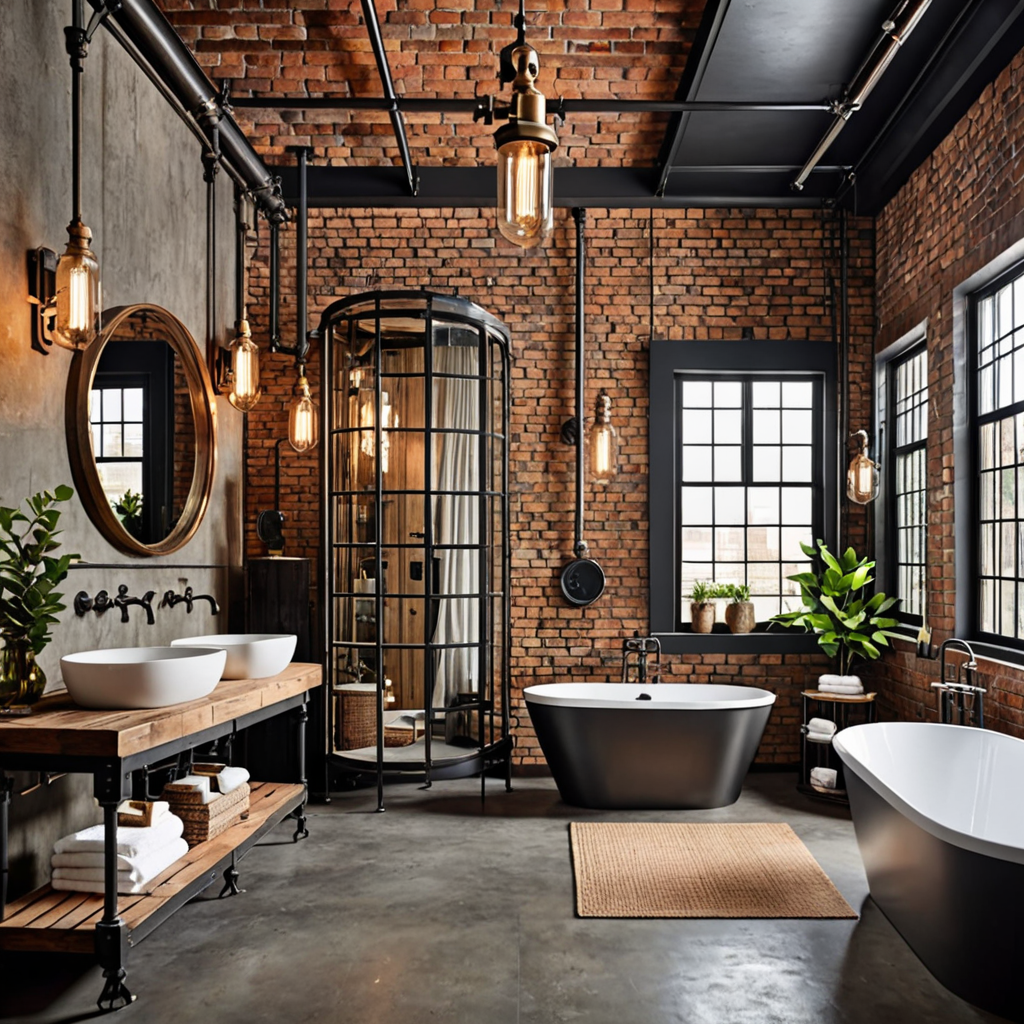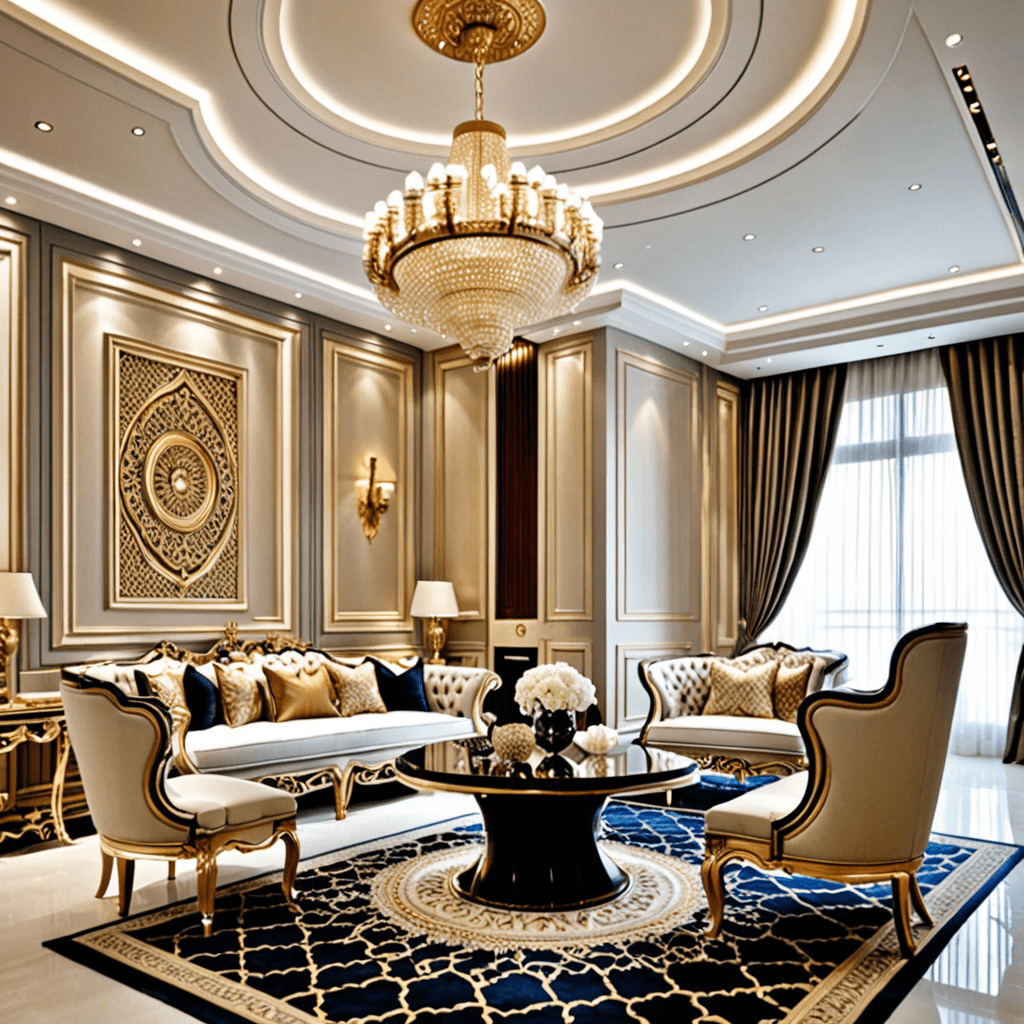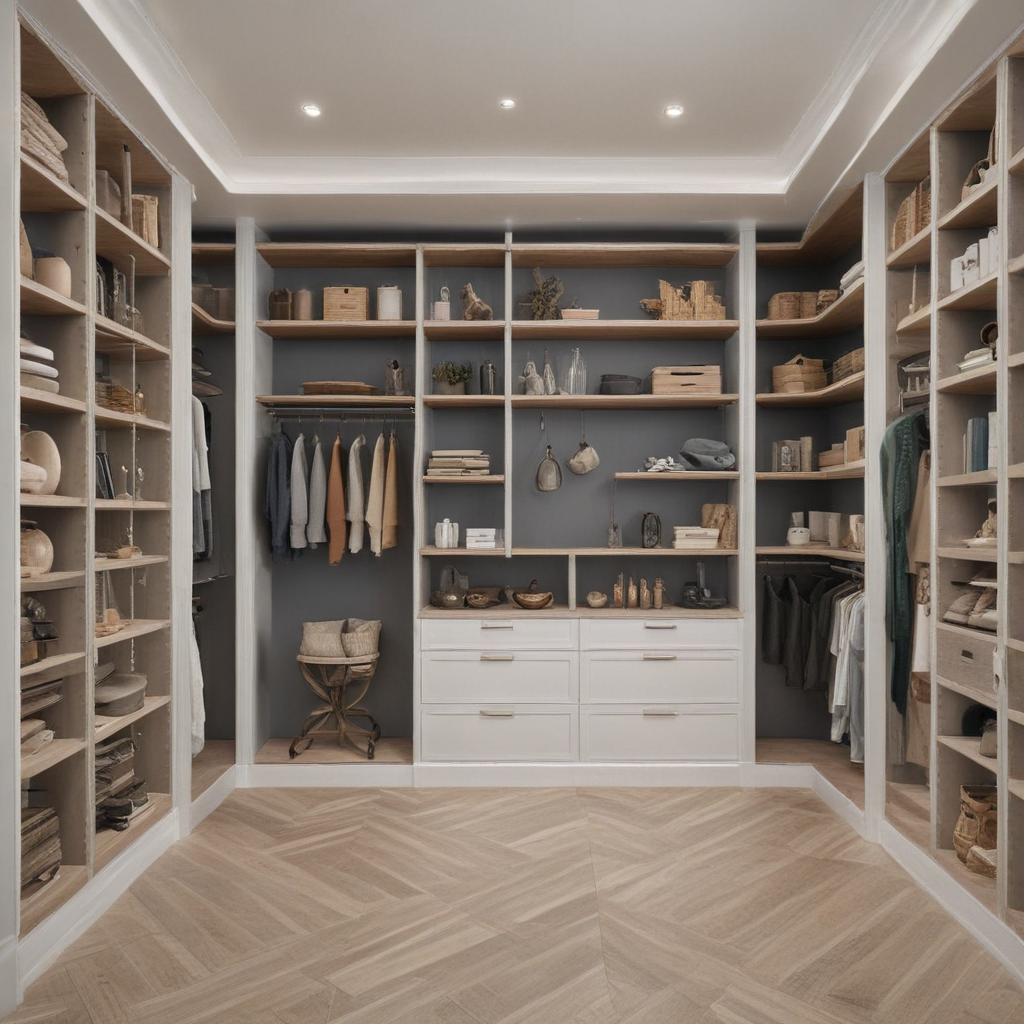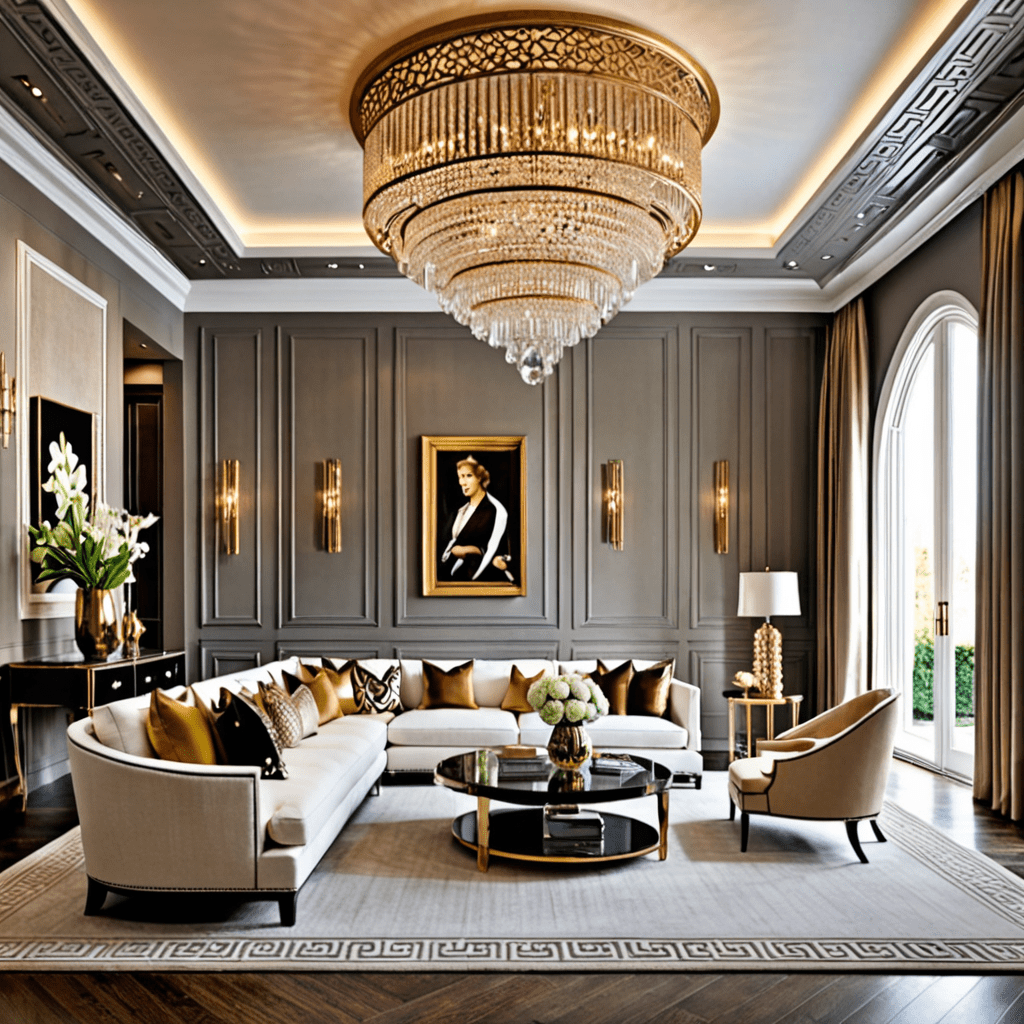Interior Design Project Management: How to Organize and Execute Your Design Plans
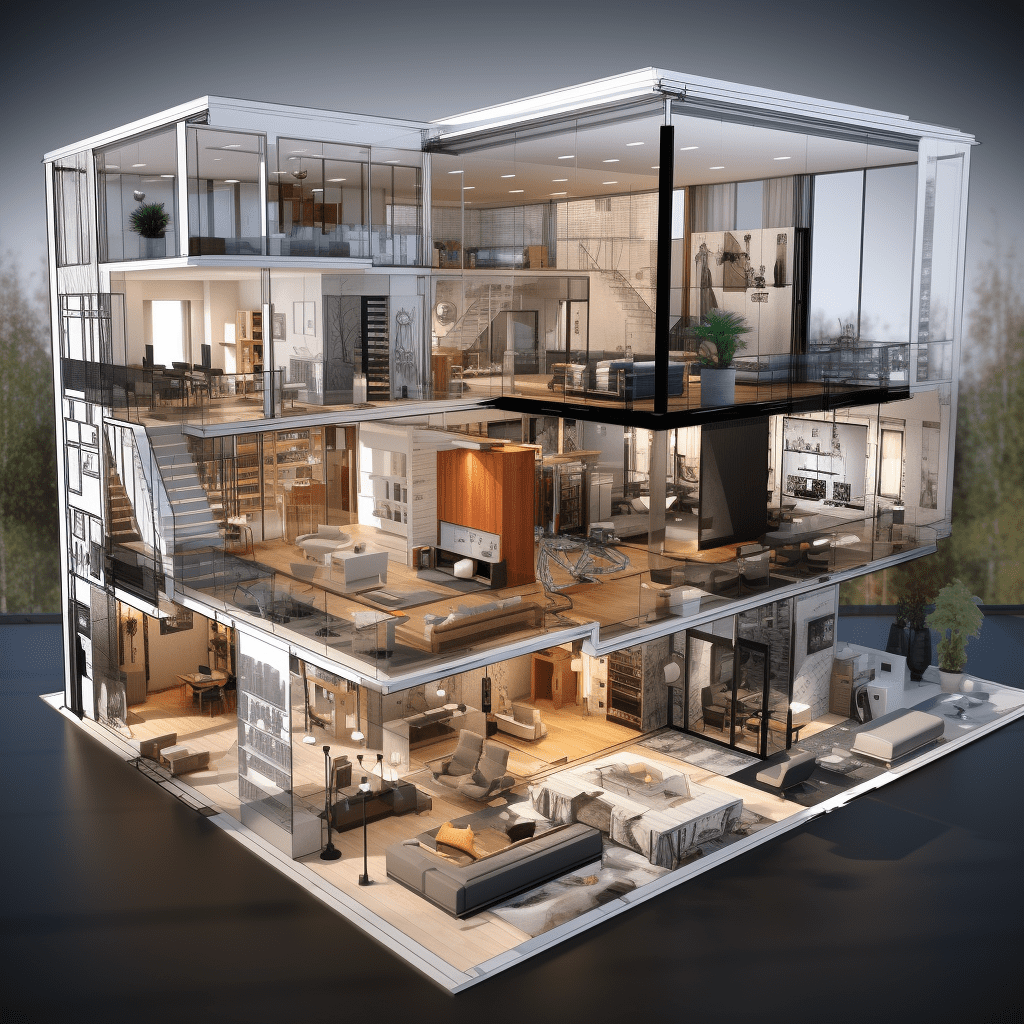

6 Essential Tips for Successful Interior Design Project Management
Managing an interior design project can be a daunting task with many moving parts to coordinate. From concept development to budgeting and implementation, project management plays a crucial role in ensuring a successful outcome. In this article, we will explore six essential tips for effective interior design project management. Whether you are an experienced project manager or embarking on your first design project, these tips will help you navigate the process smoothly.
1. Define Clear Objectives and Scope of Work
The first step in any project is to define clear objectives and establish the scope of work. This involves understanding the client’s goals, preferences, and budget constraints. By setting clear expectations from the beginning, you can avoid miscommunication and ensure that all stakeholders are on the same page. Clearly define deliverables, timelines, and milestones to help track progress throughout the project.
2. Develop a Comprehensive Project Plan
A well-developed project plan is vital for efficient project management. It should outline the tasks, responsibilities, and timelines for each phase of the project. Breaking down the project into smaller, manageable tasks will help you stay organized and ensure nothing falls through the cracks. Additionally, consider creating a contingency plan to account for any unexpected challenges that may arise during the project.
3. Foster Effective Communication
Effective communication is key to successful project management. Regularly communicate with your team, clients, and contractors to keep everyone informed and address any concerns. Utilize project management tools such as collaboration software or task management platforms to facilitate seamless communication and document sharing. By fostering an environment of open communication, you can mitigate potential issues and maintain a positive working relationship with all stakeholders.
4. Implement a Budget Tracking System
Managing the project budget is crucial to its success. Establish a budget tracking system to monitor expenses and ensure that the project remains within budget. Track costs associated with materials, labor, and any additional fees accurately. Regularly review the budget against actual expenses and make any necessary adjustments to avoid cost overruns. By maintaining a transparent and well-structured budget, you can build trust with your clients and maintain financial integrity.
5. Coordinate Timelines and Milestones
Timelines and milestones are essential elements of project management. Coordinate with your team and contractors to establish realistic timelines for each phase of the project. Identify key milestones and set deadlines to ensure progress is on track. Regularly assess progress against milestones and make adjustments as necessary. Effective coordination of timelines and milestones will help you stay organized and ensure that the project is completed within the established timeframe.
6. Monitor Quality Control
Maintaining high-quality standards is vital for any interior design project. Regularly assess the quality of workmanship, materials, and finishes to ensure adherence to the design concept and client expectations. Implement a quality control process to identify and address any deficiencies promptly. Conduct regular site visits and inspections to monitor progress and ensure that all aspects of the project meet the required standards. By prioritizing quality control, you can deliver exceptional results that exceed client expectations.
FAQ
Q: How important is project management in interior design projects?
A: Project management is crucial in ensuring the successful implementation of interior design projects. It helps coordinate various aspects, such as budgeting, scheduling, communication, and quality control. Effective project management ensures that all stakeholders are aligned, resources are utilized efficiently, and desired outcomes are achieved.
Q: What skills are essential for interior design project managers?
A: Interior design project managers must possess strong organizational, communication, and problem-solving skills. They should have a keen eye for detail, the ability to manage budgets effectively, and the capacity to work collaboratively with diverse stakeholders. Additionally, knowledge in design principles, construction processes, and industry standards is beneficial.
Q: How can project managers ensure effective communication in interior design projects?
A: Project managers can ensure effective communication by establishing clear lines of communication with all stakeholders, regularly providing updates, actively listening to concerns, and utilizing project management tools to facilitate seamless communication and collaboration.
Q: How can project managers manage project budgets effectively?
A: Project managers can manage project budgets effectively by developing a comprehensive budget plan, diligently tracking expenses, regularly reviewing the budget against actual costs, and making necessary adjustments as required. Open and transparent communication with clients and contractors is also crucial in managing project budgets.
Q: Why is quality control important in interior design projects?
A: Quality control is vital in interior design projects to ensure that the final result meets the desired standards and client expectations. It involves regularly assessing workmanship, materials, and finishes, conducting site visits and inspections, and promptly addressing any deficiencies. By maintaining high-quality standards, project managers can deliver exceptional results and uphold their reputation in the industry.
Q: How can project managers coordinate timelines and milestones effectively?
A: Project managers can coordinate timelines and milestones effectively by working closely with their team and contractors to establish realistic deadlines for each phase of the project. Regularly reviewing progress against milestones and making necessary adjustments helps ensure that the project stays on track. Effective coordination of timelines and milestones is essential in completing the project within the established timeframe.
In conclusion, successful interior design project management requires careful planning, effective communication, and diligent monitoring of budgets, timelines, and quality control. By following these six essential tips, project managers can navigate the complexities of interior design projects and deliver exceptional results that exceed client expectations.
